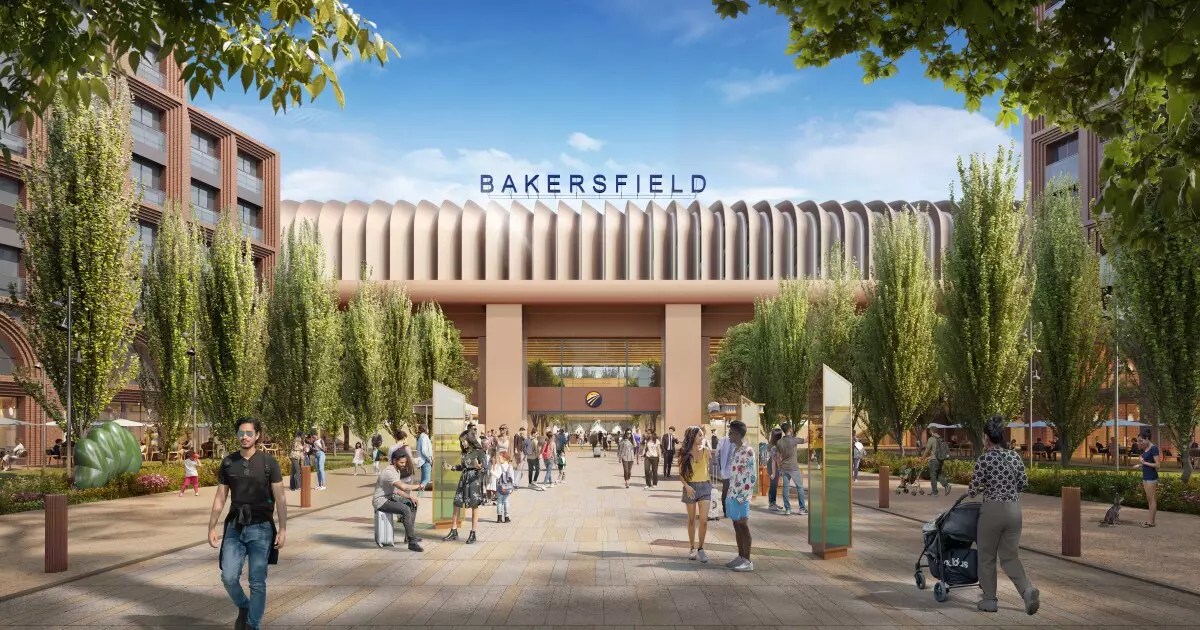The California high-speed rail project, once envisioned as a transformative infrastructure initiative, is now emblematic of governmental inefficiency and fiscal irresponsibility. Originally anticipated to cost around $34 billion, the project’s estimates have bizarrely swelled to between $100 billion and $128 billion. It is a blatant illustration of how a promising idea can lead to an avalanche of mismanagement and budgetary shortfalls. California seems to be caught in a classic trap of its own making—one that could leave taxpayers footing an even more staggering bill.
Funding Fiasco: A $7 Billion Black Hole
Recent reports by fiscal analysts reveal a shocking $7 billion deficit crucial for completing the Central Valley segment of this grandiose plan. What’s alarming is the absence of a concrete strategy to close this financial gap, which raises eyebrows about the fundamental planning behind the project. Helen Kerstein’s assertion that inflationary pressures could worsen this gap only adds salt to the wound. One would think that proper project management includes a clear financial roadmap to mitigate such crises—but apparently, that concept has been lost somewhere in the bureaucratic haze.
The Federal Standoff: A Political Quagmire
The federal government’s involvement has further complicated matters. President Trump’s administration threatened to claw back $4 billion in grants due to inefficiencies and perceived mismanagement. While some funding was restored under the Biden administration, the reality remains that federal support is tenuous at best. The project’s top brass seems to be continuously managing a political conundrum instead of focusing on actual construction deadlines. It is disheartening to ponder how much energy goes into political maneuvering rather than into building the rail itself.
Legislative Limitations: A Recipe for Delays
As if the financial chaos were not enough, California law mandates the High-Speed Rail Authority to prepare project updates every two years. The latest report was nothing short of a placeholder, devoid of the substantive detail necessary for stakeholders. Strikingly, the full project report is expected only in August, yet lawmakers must finalize the budget by July to determine funding allocations. This awkward timeline shows a profound lack of coordination, which further exemplifies the failures of the High-Speed Rail Authority.
Partisan Critics: Political Interests vs. Public Good
Criticism of the high-speed rail is rising from both sides of the aisle—an unusual but perhaps justified alignment against a flawed initiative. Republican Assemblymember Alexandra Macedo has taken the bold step of proposing legislation that would redirect $1 billion in cap-and-trade funds from high-speed rail to critical water and wildfire prevention projects. Her assertion that the project is “over budget and behind schedule” resonates with many taxpayers who feel their hard-earned money is being squandered.
Public Backlash: Hoodwinked Taxpayers
The public sentiment around the rail system has spiraled into disillusionment. Many voters feel that they have been deceived by high projections of success that never materialized. Macedo’s criticism of “smoke and mirrors” aptly captures the sense that communications from the High-Speed Rail Authority have not been straightforward. The heritage of trust in government is at stake, and stories of mismanagement only serve to further erode public confidence.
Leadership Changes: A Desperate Attempt at Revival
The recent appointment of Ian Choudri as chief executive presents one last hope for rejuvenating the ailing project. His commitment to explore cost efficiencies and public-private partnerships reflects a critical pivot that may be the only pathway forward. However, one cannot shake the feeling that this reactive measure, taken after years of disregard for fiscal discipline and project oversight, may be too little, too late.
Final Thoughts: A Cautionary Tale for the Future
In a landscape where other states are contemplating their infrastructure futures, California’s high-speed rail serves as a cautionary tale about the perils of grandiose planning without accountability. The narrative is not just about a rail system that may never function as intended; it is also about the communities and individuals whose lives remain tied to a promise unfulfilled. The stakes are high, but given the current trajectory, it’s evident that if we don’t shift direction soon, taxpayers will remain captive in a loop of disappointment and financial ruin.


Leave a Reply